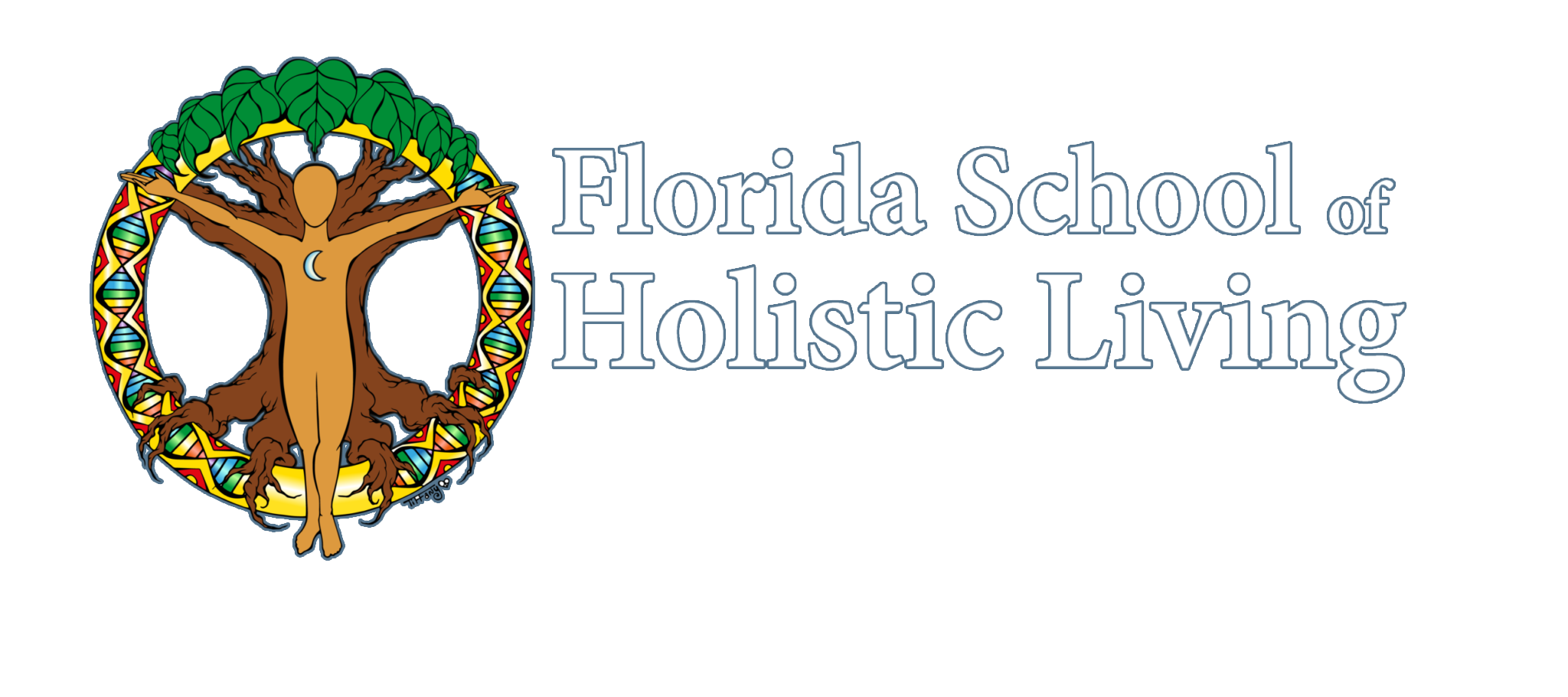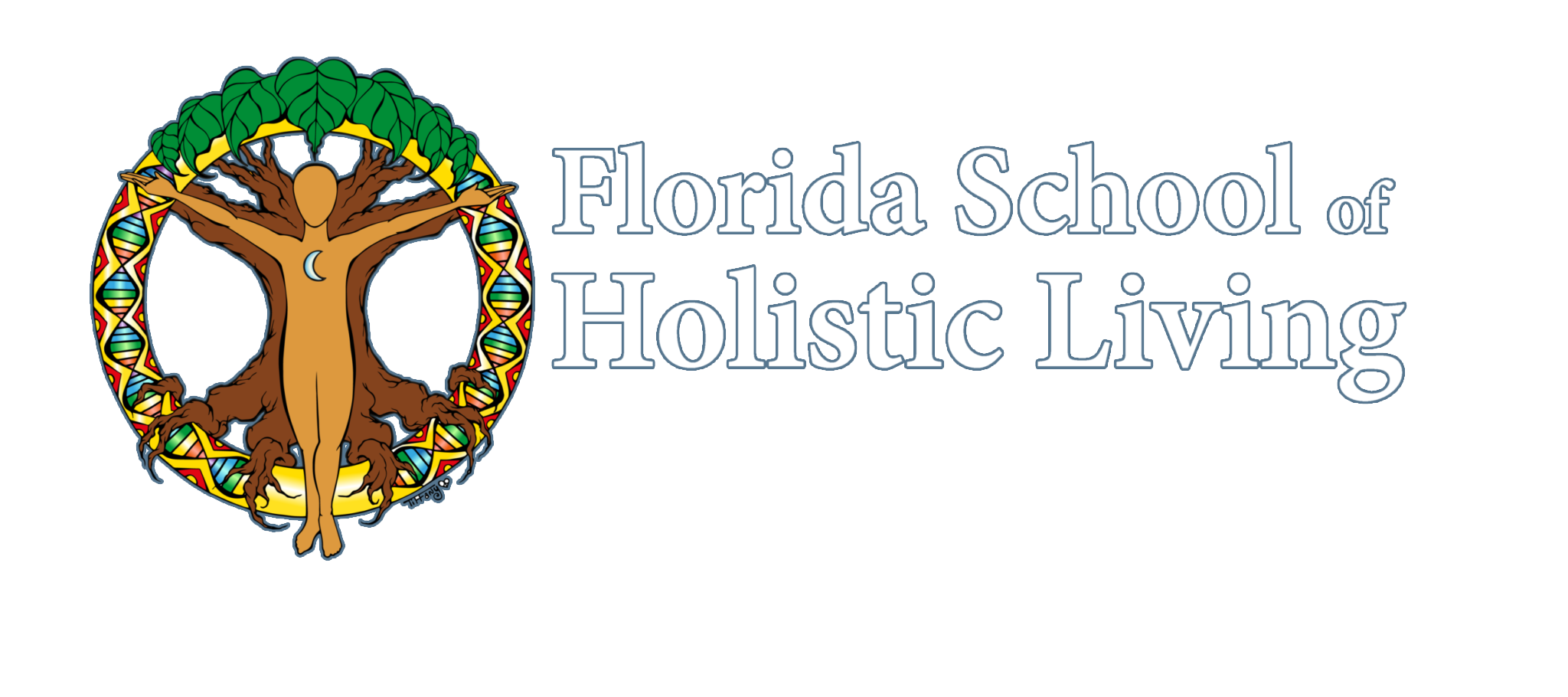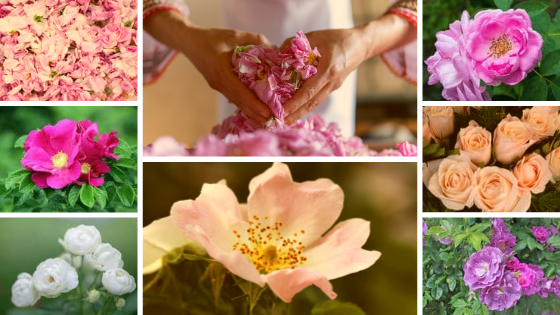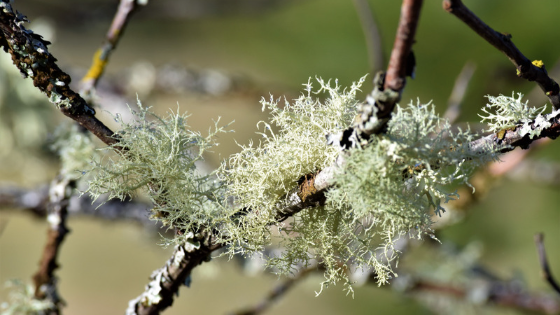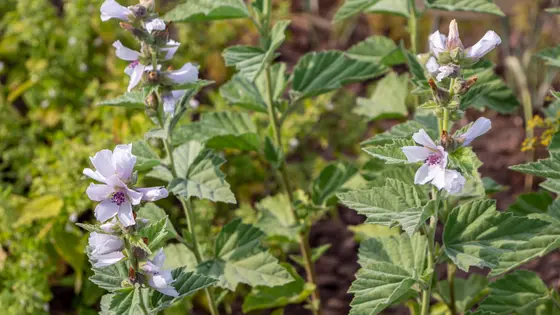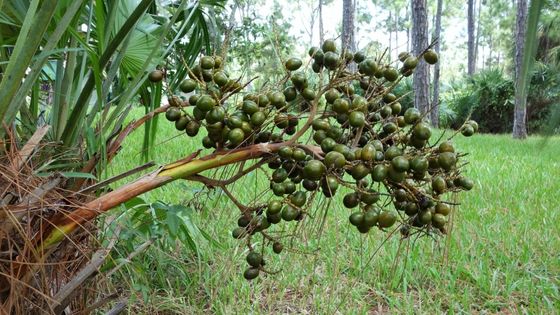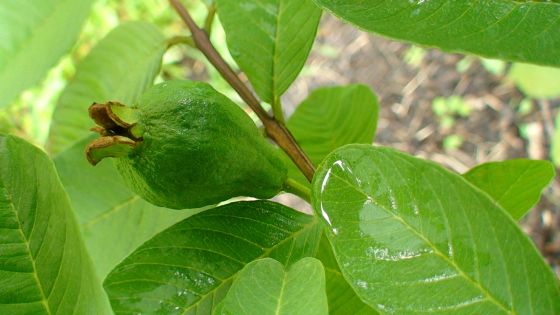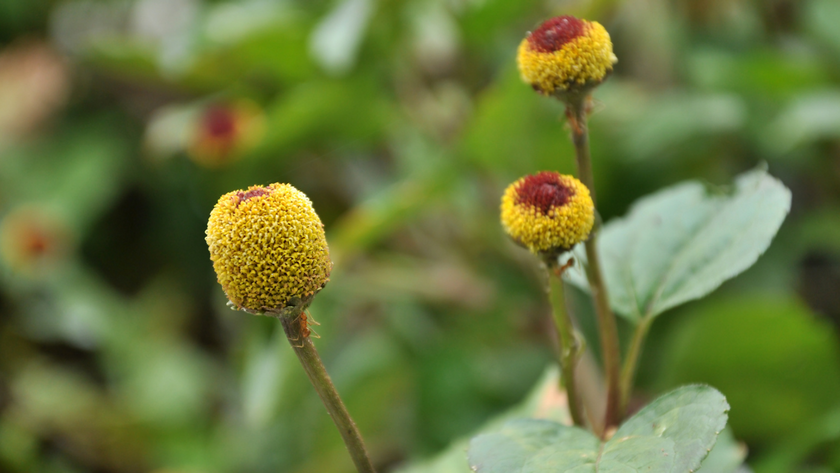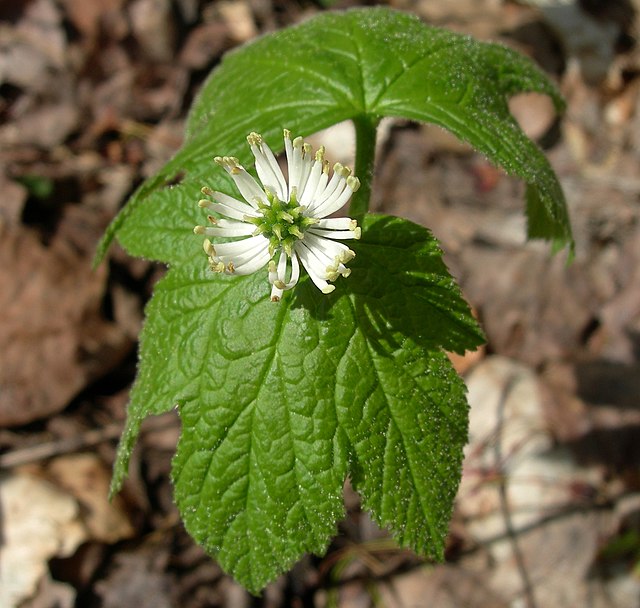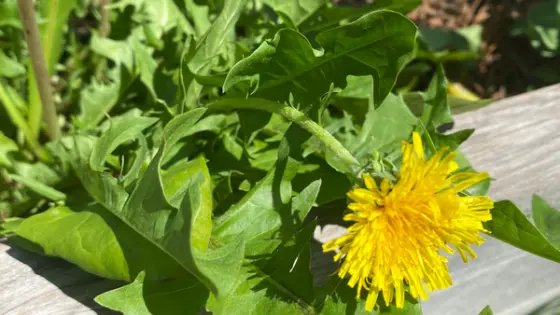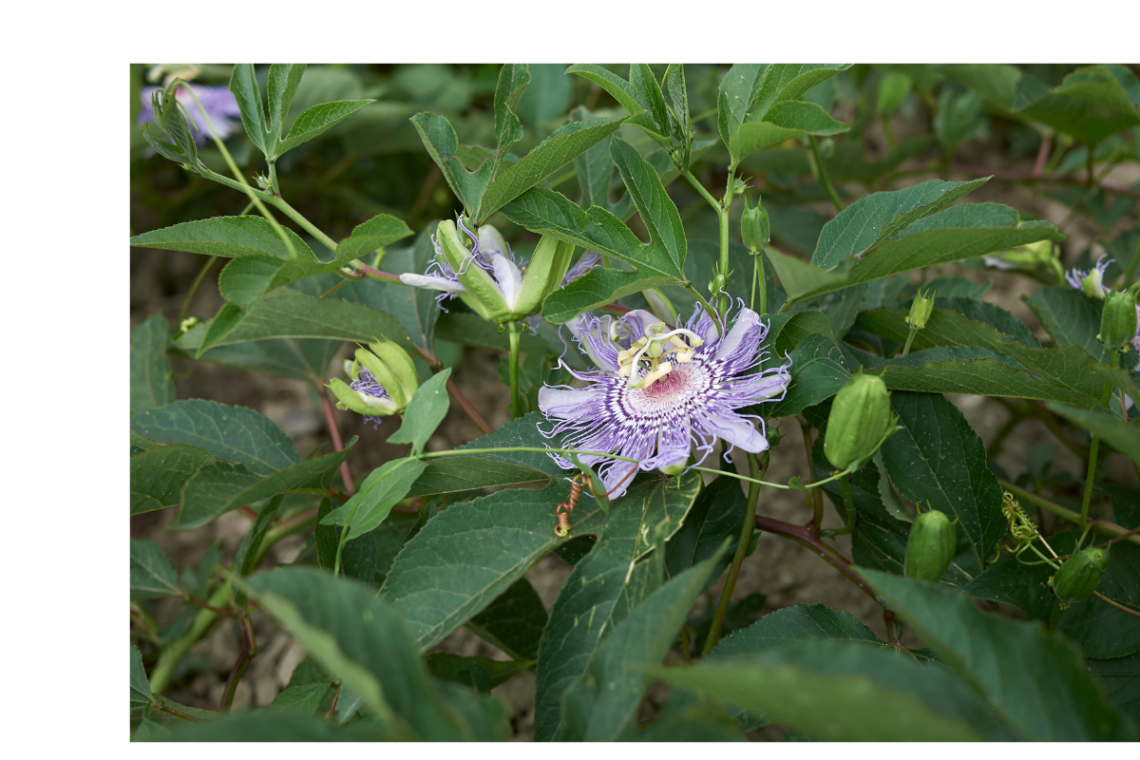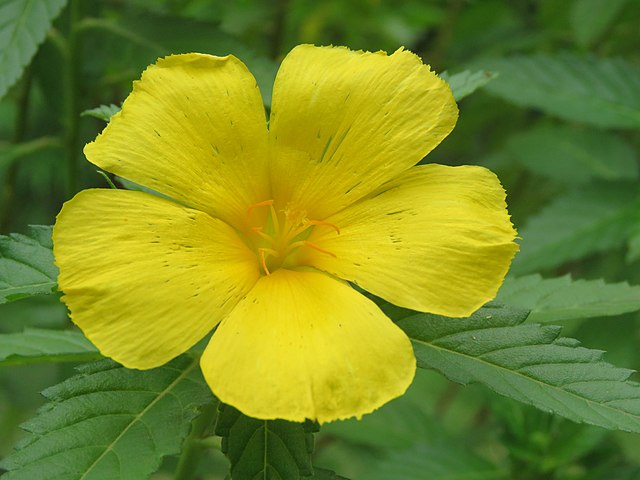-
Rose
Several different species can be used, like R. damascena, R. canina, R. rugosa, R. virginiana, R. multiflora, R. gallica, R. centifolia, R. palustris, R. spinosissima, and a few others. It’s important to note that not all garden variety roses can be used, so be sure to verify your rose species before adding them to your herbal collection.
-
Usnea
Usnea's nickname, "lungs of the forest," comes from its sponge-like action to absorb airborne particulates. However, this means that it's susceptible to over-pollution. In fact, it's believed that when lichens like Usnea disappear, it's a warning that the air quality in the area is harmful.
-
Marshmallow
Native to Europe, it has also been naturalized in the Americas. As per its name, it grows in marshy habitats, the edges of wetlands, and disturbed areas. It is a perennial that grows 2-4 feet high and has several wooly stems. The leaves are usually 1-3 inches long and serrate; the flowers are purple in color and 1-2 inches in diameter.
-
Saw Palmetto
The Florida School of Holistic Living's plant of the month for September 2022. Latin name: Serenoa repens, Uses: Berries!
-
Guava
The Florida School of Holistic Living's plant of the month for August 2022. Latin name: Psidium guajava.
-
Spilanthes
The Florida School of Holistic Living's plant of the month for July 2022.
-
Goldenseal
Hydrastis candensis of the Ranunclulaceae family. Otherwise known as goldenseal, eyebalm, eyeroot, and yellow puccoon is happiest in rich, open, and hilly woods. It is native to southeastern Canada and the eastern United States.
-
Dandelion
when i was a little girl my mama said to me,what’s your favorite flower, darling? i’ll get you a seed.i said, dandelion! dandelion! that one’s so pretty!she said, child, that one’s not a flower; that one’s just a weed.i still loved those mellow yellow petals anyway.what that thing they say about a rose by any other name?then my fragile flower turned into a ball of gray,so i took a breath and made a wish and blew them all away. Gabbie Hanna, Dandelion
-
Passionflower
This perennial herbaceous climbing vine is native to Central Florida and the southeast United States—found growing mostly from Texas to Florida. It grows easily by cutting and is happy in sandy Florida soil, sunshine, and rain.
-
Ramgoat Dashalong
Latin Name: Turnera ulmifolia Common Name: Yellow Alder, Yellow Elder, Ramgoat Dashalong, West Indian Holly, Sage Rose Family: Passifloraceae Habitat: T. ulmifolia is a small woody shrub native to Mexico, Central America, and the Caribbean basin that can also be found in many tropical parts of the world. It grows in partial sun/shade. However, the plant will branch more and stay fuller when in full sun. Open woods and disturbed areas, such as roadsides and abandoned fields, are some of T. ulmifolia’s favorite places to grow.
